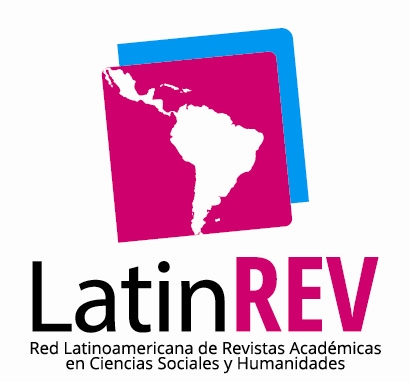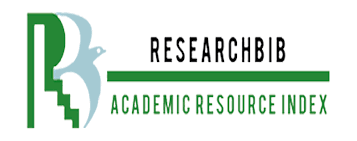And the dog rose after death: notes in defense of the other species
DOI:
https://doi.org/10.35622/j.rr.2021.06.001Keywords:
Animals, humans, world, selfishness, lifeAbstract
It is tragic to see the other species (animals) succumb to the pain of an intentional accident caused by animals (humans), knowing that the indifference of this latter variety is nothing more than pure rencor and selfishness toward itself and the other species. The purpose is to reflect on the inhumanity that is presented in the holders of the greatest rationality without meaning and without brotherhood toward the species that best knows how to show love and fidelity despite not receiving the same thing. That species kept the planet for millions of years because its heart contains no evil, except survival. However, man arrived and changed him to another one full of darkness; today, if the other species dies, it does not matter, for the priority is the infernal legacy that is called: humans. So, the few attempts to reformulate the world will be a challenge for the few who maintain their humanity as the beginning of life.
References
Bentosela, M., & Mustaca, A. E. (2007). Comunicación entre perros y hombres. Revista Latinoamericana de Psicología, 39(2), 375–387. https://www.redalyc.org/pdf/805/80539212.pdf
El Peruano. (2016). Ley de protección y bienestar animal. https://busquedas.elperuano.pe/normaslegales/ley-de-proteccion-y-bienestar-animal-ley-n-30407-1331474-1/
Fleisner, P. (2018). Comunidades posthumanistas: dos ejemplos de vínculos no especistas entre canes y animales humanos en la literatura y en el cine latinoamericanos. ALEA, 20(2), 36–52. https://doi.org/10.1590/1517-106X/20182023652
Gómez, L., Atehortua, C., & Orozco, S. (2007). La influencia de las mascotas en la vida humana. Revista Colombiana de Ciencias Pecuarias, 20(1), 377–386. http://www.scielo.org.co/pdf/rccp/v20n3/v20n3a16.pdf
Huanca-Arohuanca, J. W. (2020a). Caleidoscopio social al Covid-19: pánico y desesperación en tiempos de aislamiento. Revista Universidad y Sociedad, 12(6), 226–231. https://rus.ucf.edu.cu/index.php/rus/article/view/1836
Huanca-Arohuanca, J. W. (2020b). Cuando la muerte nos mira con deseo de llevarnos al tártaro. Revista Revoluciones, 2(2), 1–5. https://doi.org/10.35622/j.rr.2020.02.001
Huanca-Arohuanca, J. W. (2021). Un fantasma recorre el Perú del Bicentenario: lecciones y voluntad popular en las elecciones de 2021. Revista Revoluciones, 3(3), 1–4. https://doi.org/10.35622/j.rr.2021.03.001
Huanca-Arohuanca, J. W. (2022a). A 200 años de Independencia en el Perú y el papel de la historia contado desde la otredad. PURIQ, 4(1), 140–148. https://doi.org/10.37073/puriq.4.1.216
Huanca-Arohuanca, J. W. (2022b). El estado de la cuestión sobre la participación política en los jóvenes de la Nación Aymara - Perú. Un diálogo teórico desde sus actores. Apuntes Universitarios, 12(1).
Huanca-Arohuanca, J. W., & Núñez, L. (2020). Estimaciones y contrastes de la pandemia en Perú y en el contexto mundial. Educare Et Comunicare. Revista Científica de La Facultad de Humanidades, 8(2), 10–20. https://doi.org/10.35383/educare.v8i2.440
Huanca-Arohuanca, J. W., Supo-Condori, F., Sucari, R., & Supo, L. A. (2020). El problema social de la educación virtual universitaria en tiempos de pandemia, Perú. Revista Innovaciones Educativas, 22, 115–128. https://doi.org/10.22458/ie.v22iespecial.3218
Santa, L. (2021). ¿Qué es el derecho animal en el Perú? LPDERECHO.PE. https://lpderecho.pe/derecho-animal-peru/
Vega, S., & Watanabe, R. (2016). Analysis of the Law 30407 «Law on Animal Protection and Welfare» in Peru. Revista de Investigaciones Veterinarias Del Perú, 27(2), 388–396. http://search.ebscohost.com/login.aspx?direct=true&AuthType=cookie,ip,sso&db=edssci&AN=edssci.S1609.91172016000200023&lang=es&site=eds-live&scope=site
Published
Issue
Section
License
Copyright (c) 2021 Jesús Huanca

This work is licensed under a Creative Commons Attribution 4.0 International License.




















